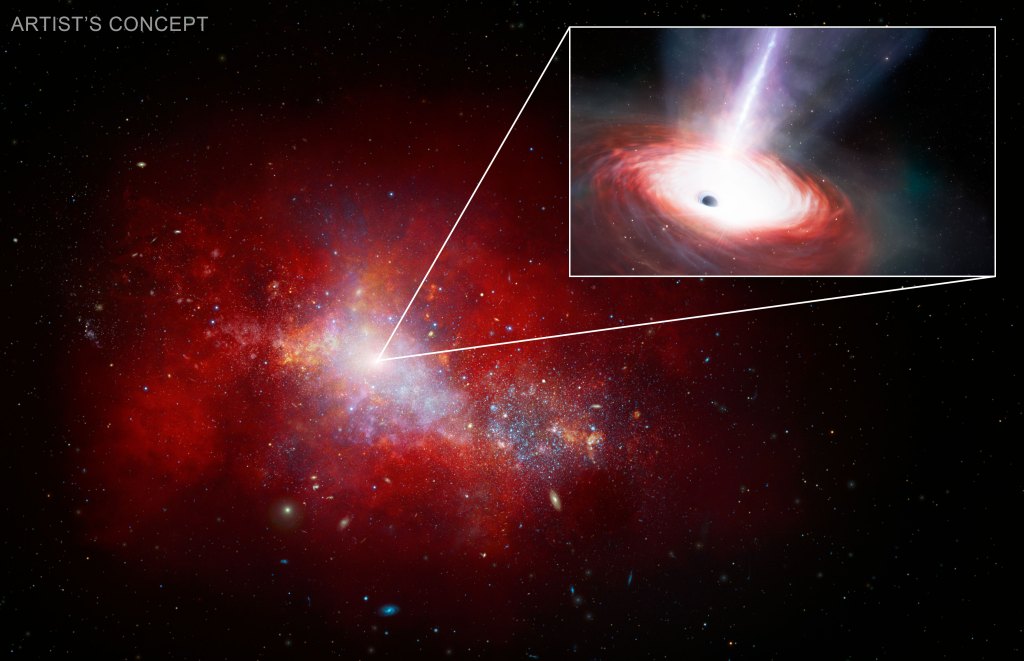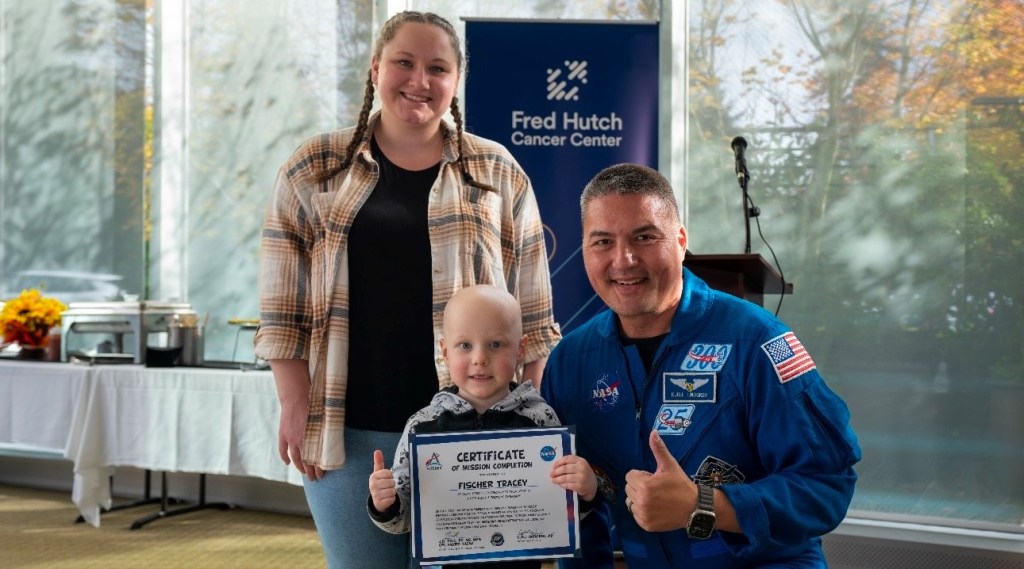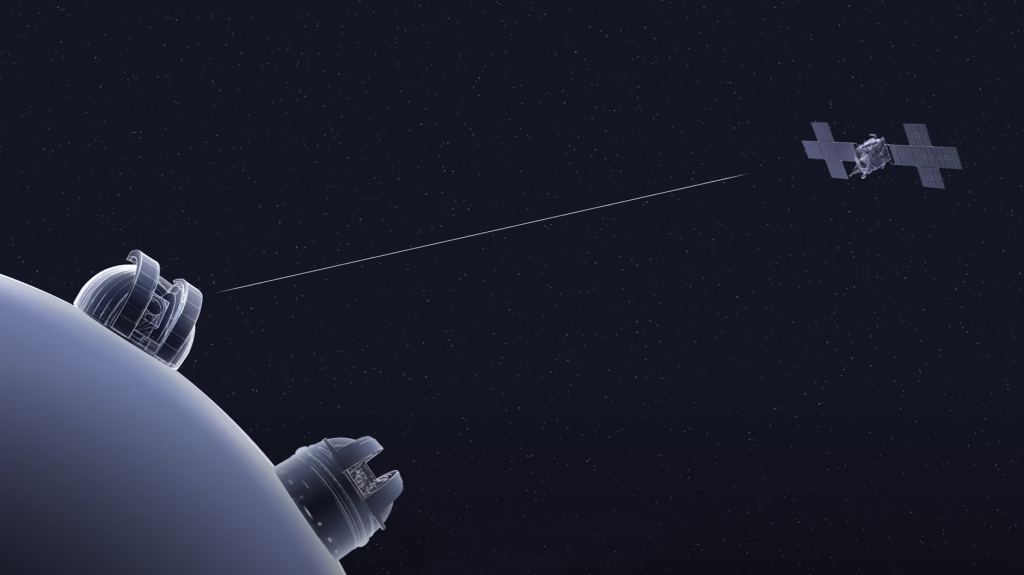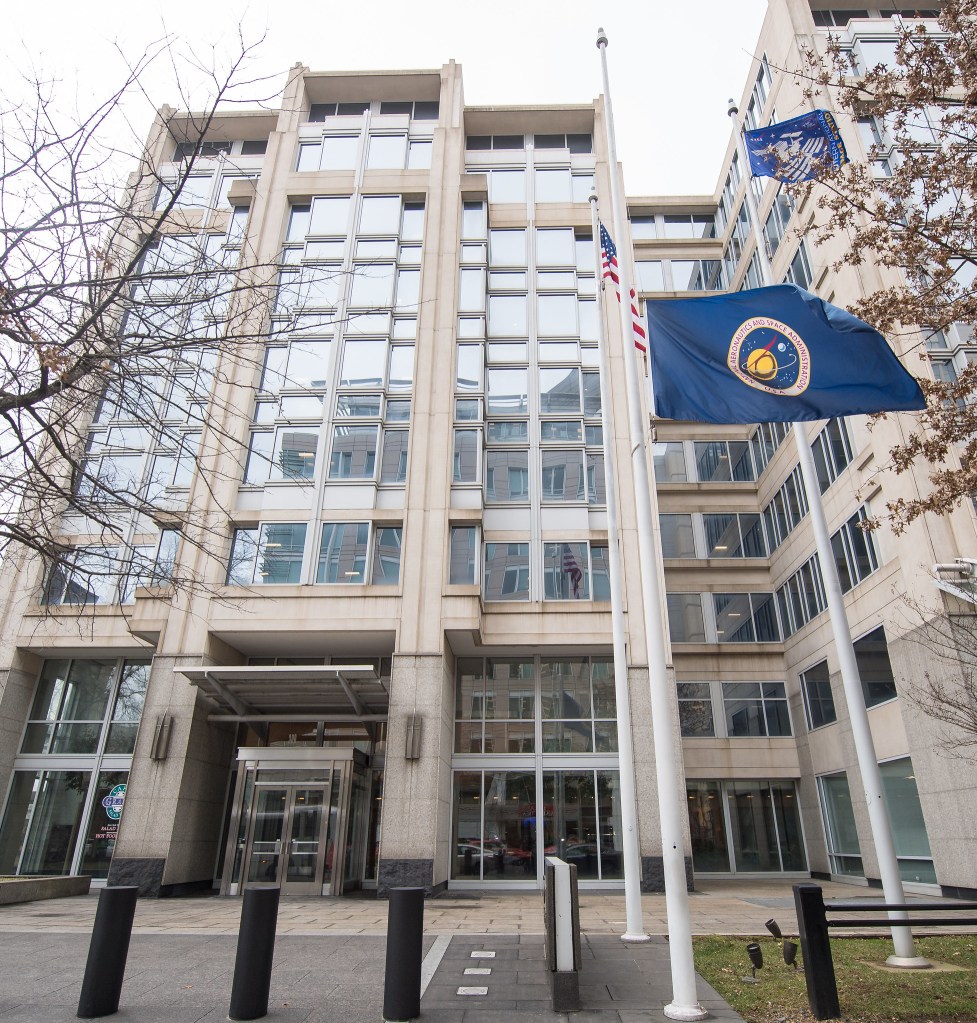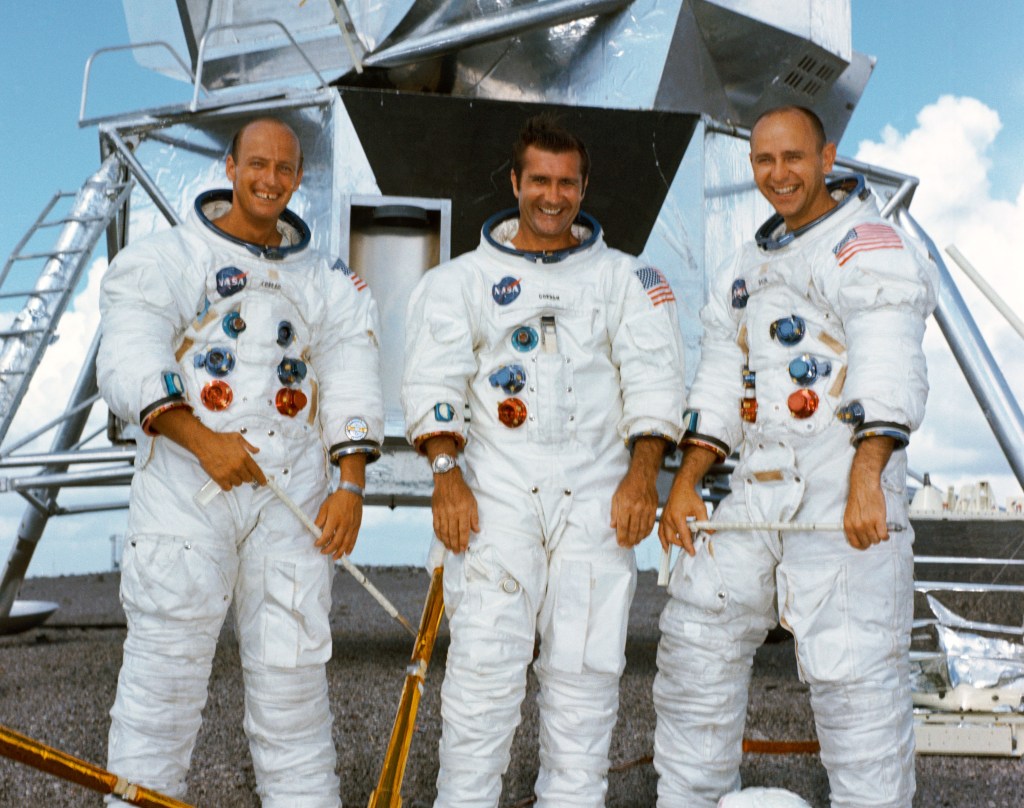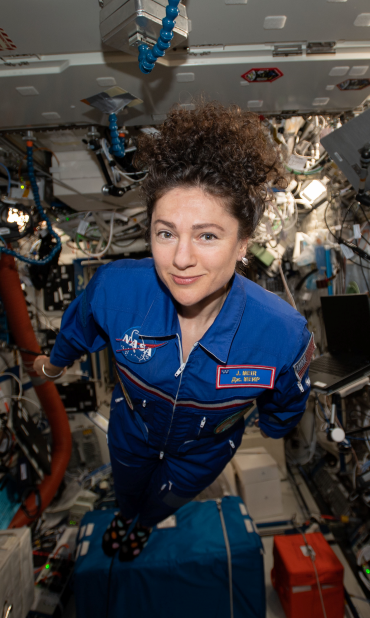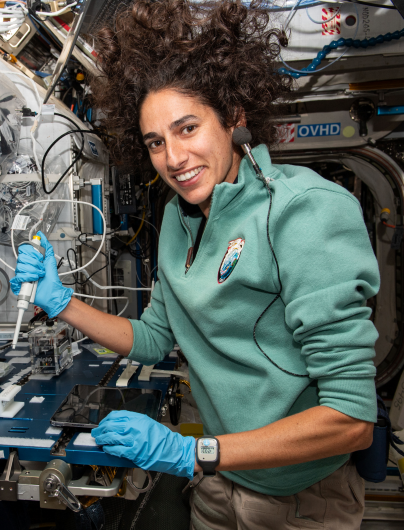
Credit: NASA
NASA is stepping up the pace to learn more about five hazards of spaceflight, and how they can collectively affect the human body and mind in space. In a recent solicitation, the agency is seeking to address these hazards to enable safe, reliable, and productive human space exploration.
NASA’s Human Research Program (HRP) is responsible for discovering the best methods and technologies to support safe, productive human space travel, grouping activities into five elements to tackle the hazards of human spaceflight. With this new research opportunity, NASA sought a completely integrated approach to explore the relationships between radiation, isolation and confinement, and altered gravity fields, and the potential harm they pose to an astronaut’s central nervous system, behavioral health, and sensorimotor system–collectively known as CBS.

Credit: NASA
“CBS represents how complex the deep space environment is, and is designed to understand how humans will be affected when they experience all three hazards or stressors simultaneously,” said Jennifer Fogarty, chief scientist of the Human Research Program at NASA’s Johnson Space Center in Houston. “For example, space radiation, microgravity, and isolation have been shown to have an effect on the central nervous system, your brain, when studied one at a time. We are concerned that the areas of the brain affected by each hazard may be compounded when the stressors are experienced at the same time. This could lead to changes in the way you think, the way you move your body, and the way you react emotionally to events and crewmates during the mission, which may not result in mission success. Many factors in space combine to make it a supremely complex environment.”
In this solicitation, HRP has directed a full and completely integrated approach toward caring for an astronaut’s central nervous system, behavioral health, and sensorimotor system. Appendix A of the 2018 Human Exploration and Research Opportunities document solicited research teams from specialized fields to apply their skills to the problem; the unique expertise of each discipline is expected to accelerate scientific discovery.
“An integrated approach takes advantage of combined brain power and crossover research,” said Fogarty. “This is a critical time. Our concern for astronaut health and safety demands that we find answers to the complex combination of hazards astronauts will experience during deep space exploration missions to the Moon and Mars. This integrated approach of teaming the key discipline experts and having them work together to understand the problems of deep space human exploration will accelerate the process and give us a much more realistic picture of the risks.”
The document addressed questions like these:
- What happens to the body’s central nervous system in space? Do significant changes take place over time? How should science define “significant”?
- What is the probability that space radiation will impact the nervous system? How will that look? Are there hallmarks (called “biomarkers”) that scientists can identify to signal that space radiation is having an effect on the body?
- What are the most effective medical or dietary countermeasures (preventive methods and protective safeguards) to decrease the risk of harm? How would those countermeasures work in space?
- How can new data from molecular, cellular, tissue, and animal models be integrated with our growing knowledge base of the human body in space? Is there research concerning mobility, cognitive function, or behavioral change that could be useful in evaluating central nervous system risks to astronauts?
- Are there significant risks to the central nervous system from space radiation when combined with other known spaceflight hazards? For example, when the hazard of space radiation is combined with the hazard of isolation and confinement and/or altered gravity, do they act together and carry greater impact than each alone?
- What is the effect of these three spaceflight hazards on stress, sleep, respiratory function, the body’s immune system, and more?
NASA expects to have reviewed the proposals and make selections in spring 2019.
____
NASA’s Human Research Program, or HRP, pursues the best methods and technologies to support safe, productive human space travel. Through science conducted in laboratories, ground-based analogs, and the International Space Station, HRP scrutinizes how spaceflight affects human bodies and behaviors. Such research drives HRP’s quest to innovate ways that keep astronauts healthy and mission-ready as space travel expands to the Moon, Mars, and beyond.






